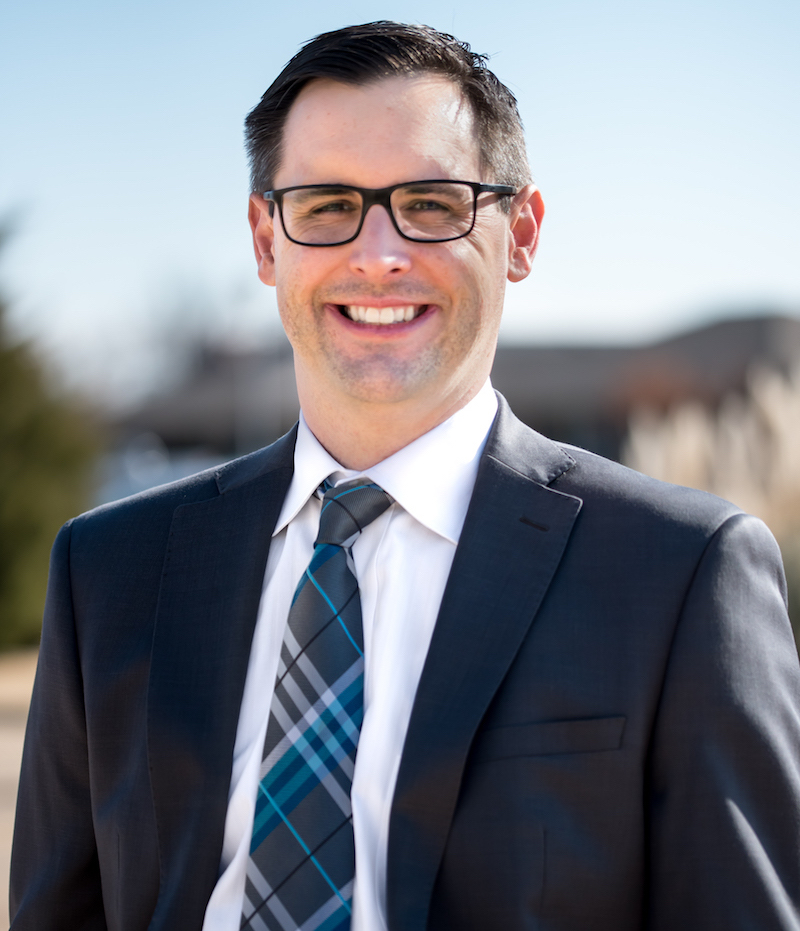How Can I Get My Student Loans Wiped Out?
by Luke Homen
One topic that comes up again and again when discussing bankruptcy is the idea of student loan discharge.
It is important to know that student loans will never be automatically discharged during bankruptcy. However, that doesn’t mean that you can’t discharge them at all. It’s just complicated.
In order to discharge student loans, you need to file a special adversary action against the student loan lender after you file your main bankruptcy case. Think of this as a special “bankruptcy lawsuit” — and if you win your lawsuit, you can qualify for full or partial discharge of your student loan debt.
And here’s the best part — the Department of Education has very recently changed the rules to make this process more accessible for people than ever before!
For individuals in Oklahoma grappling with student loan debt, consulting with an experienced student loan discharge attorney at Convenient Bankruptcy is essential. We can provide clarity on potential avenues for student loan discharge, forgiveness OR cancellation within the context of your bankruptcy situation.
Understanding the Types of Student Loans

Most, but not all of the various forgiveness and cancellation options available only apply to federal student loans, so it’s important to know the difference, and to know which types you have.
If you don’t know whether your loans are private or federal, go to https://studentaid.gov/ and log into your account. All the loans listed on that website are federal loans.
Federal Student Loans in Bankruptcy
Everything changed in October of 2022. That’s when the Department of Education issued new guidance making it easier than ever to eliminate federal student loans.
Here’s a short version of how it works. First, you need to qualify for bankruptcy, and file a bankruptcy case. Next, you file an adversary action (a special kind of lawsuit) against the Department of Education, in order to raise the issue of whether your student loans can be added to your regular discharge. During the pendency of this lawsuit, your attorney will work with the Department of Education to determine how much of your student loans can be discharged. Depending on your particular situation, you may qualify for 100% discharge!
It’s really important to know that this process is brand new, and only a handful of attorneys in the entire country are using bankruptcy to wipe out student loans. At Convenient Bankruptcy, our attorneys are leading the way and filing these cases to protect our clients!
Private Student Loans in Bankruptcy
Private student loans can be eliminated in bankruptcy too, but it’s more difficult and expensive, because the new 2022 Department of Education guidance doesn’t apply.
First, you need to file a bankruptcy action. Then, you file the adversary action against the private lender. Depending on the amount of your debt and your particular financial situation, the lender will decide how fiercely they want to defend the lawsuit.
It is possible that the private loan lender will demand their day in court, and require the case be presented to a bankruptcy judge. At the trial, you and your attorney will need to present evidence of your good faith attempts to repay the loan, your current inability to pay the loan, and your future inability to pay. The more persuasive that your case is, the more likely it is that the judge rules that student loans can be discharged.
This particular process isn’t new, but it’s starting to become more popular as everyday people continue to struggle to repay their student loans. If that’s you, be sure to reach out to a bankruptcy attorney who can handle student loans.
Student Loans Outside of Bankruptcy
There are a variety of options for handling student loans outside of bankruptcy. These options may change over time, so be sure to contact a student loan attorney to discuss your particular set of circumstances.
Federal Student Loan Forgiveness Programs
Federal loan forgiveness programs are broken down into three separate programs:
- PSLF: Public Service Loan Forgiveness is available to those who work for qualifying employers, primarily government agencies or non-profit organizations. To qualify, you must make 120 monthly payments while working full-time at one of the aforementioned employers.
- Teacher Loan Forgiveness: Teaching is a meaningful career that’s important for the future of the country. This program is designed for teachers working in low-income areas, which are generally in dire need of teachers. Upon meeting requirements, teachers may have up to $17,500 in federal student loans forgiven. Qualifying loans include Direct and Federal Stafford Subsidized and Unsubsidized Loans.
- IDR: IDR plans limit your monthly payments to a certain percentage of your discretionary income, which allows you to spend less on student loans when your income is low. Any remaining unpaid balance is forgiven after 20 or 25 years.
Non-Bankruptcy Discharge Due to Special Circumstances
Under very specific circumstances, student loans may be discharged. This is generally only an option when circumstances are beyond a debtor’s control. Reasons for student loan discharge include:
- TPD: When an individual is totally and permanently disabled, they may qualify for a complete discharge of their federal student loans.
- Closed school: If a school closes during a student’s enrollment or shortly after they graduate, borrowers may have their federal loans for that school forgiven.
State-Specific Loan Forgiveness Programs
In addition to federal student loan forgiveness programs, there are state-specific programs in every state. Programs are generally based on shortages within the state. Since Oklahoma’s rural areas are often underserved by medical professionals, most of our state’s programs are focused on medical professionals. The Physician Assistant Loan Repayment Program allows physician assistants working in certain communities to have their loans repaid. Communities are chosen by the Health Care Workforce Training Commission. You get up to $10,000 paid at the end of your first year, up to $20,000 at the end of your second year, and up to $30,000 at the end of your third year.
The Oklahoma Physician Manpower Training Commission works with the state of Oklahoma to bring physicians to rural areas. Up to $30,000 is forgiven for two years of service and up to $50,000 is forgiven for three years of service.
Another option available to qualifying graduates is the Oklahoma Dental Loan Repayment Program. Applicants must be working in a shortage area, meet Oklahoma Health Care Authority requirements, and have a full-time practice. This results in $25,000 in forgiven loans per year.
For individuals exploring their options for debt relief and loan forgiveness in Oklahoma, especially those considering bankruptcy, seeking guidance from an experienced lawyer is crucial. Convenient Bankruptcy can offer personalized advice on navigating both federal and state-specific programs to alleviate the burden of student loan debt.
Other Alternative Options
You can look into loan repayment assistance programs (LRAPs) for additional help with your student loans. Many different professions and career paths have LRAPs for working professionals who work in underserved areas or meet income limitations. Sources to look into include local employers, universities, and state agencies.
Another option is to refinance or consolidate your loans. Consolidating your federal loans into a Direct Consolidation Loan may streamline your payments and lower your interest rate. Note that if you refinance your federal loans into a private loan, you do lose the repayment options that are only available to federal loan holders.
Tips for Maximizing Eligibility and Success
It is crucial to stay up-to-date on changes to forgiveness programs and student loan discharge options. Student loans have garnered a lot of attention in recent years, which has resulted in numerous legal changes as student loan cases have worked their way through the courts. Your lenders are a good source of information.
Many forgiveness programs are based on where you work and how many payments you have made. Keep thorough records of every single loan payment you make and maintain proof of your employment at qualifying employers.
If you are in over your head with your student loans, consider reaching out to a financial advisor or student loan specialist. They may have solutions that help you keep more money in your pocket each month.
Wondering if bankruptcy can help you get a better grip on your finances? The team at Convenient Bankruptcy is here to assist you as you explore your options. Just call us at 405-296-0069 or fill out our online contact form to have our Oklahoma bankruptcy attorneys contact you.

Attorney Luke Homen is the President of Convenient Bankruptcy. He placed great value on helping individuals and families solve their financial challenges and achieve real financial freedom. His goal is to find a customized solution that fits each client’s unique situation. Luke has been practicing law since 2008, and was voted “Best Bankruptcy Attorney in Oklahoma” by The Oklahoman in the Reader’s Choice Awards.
